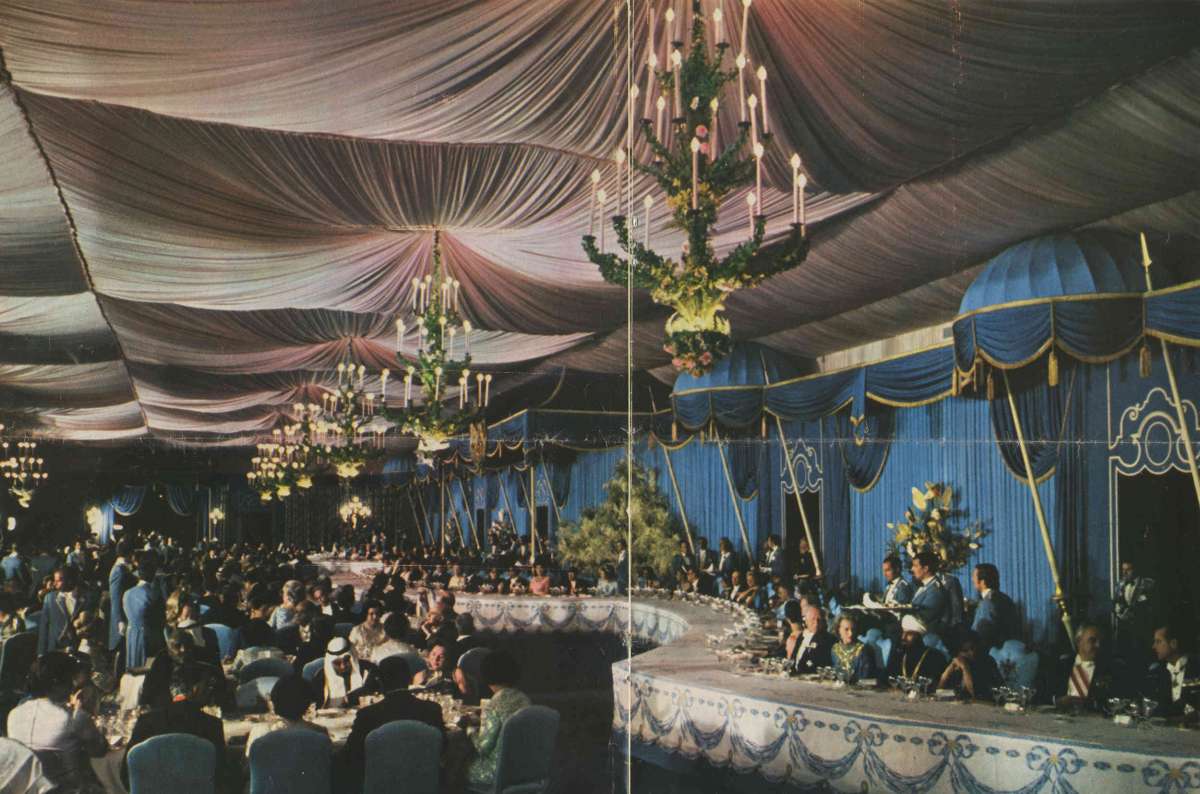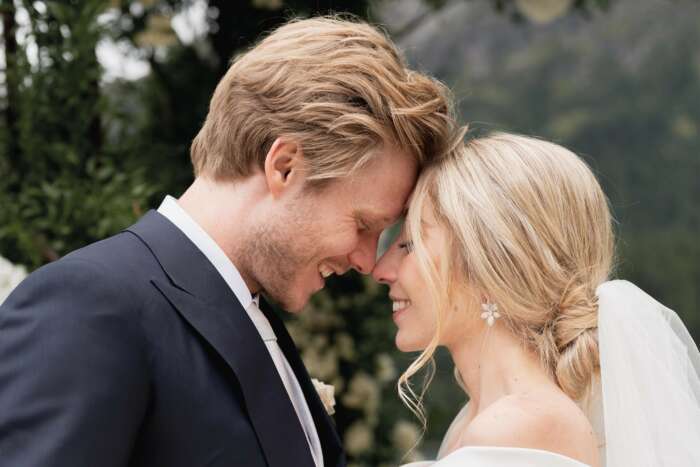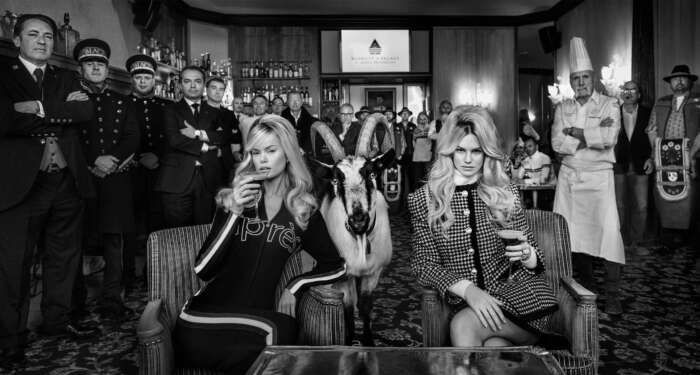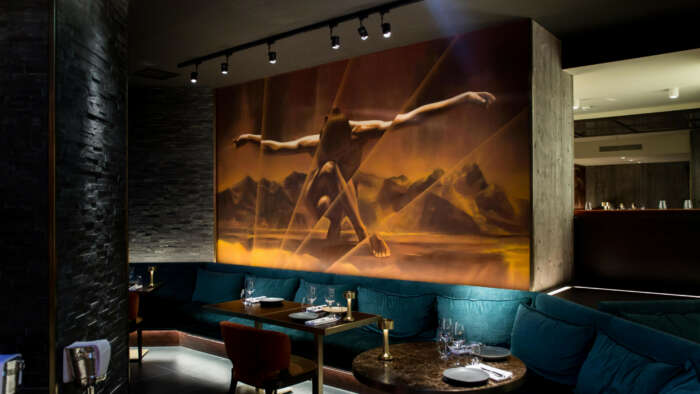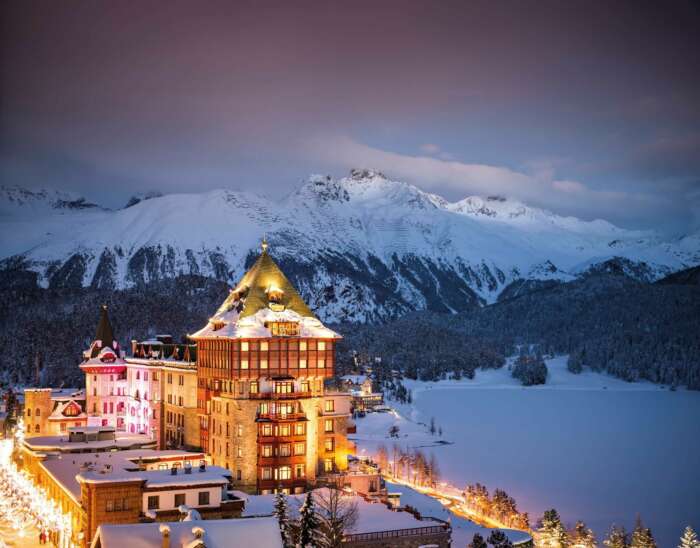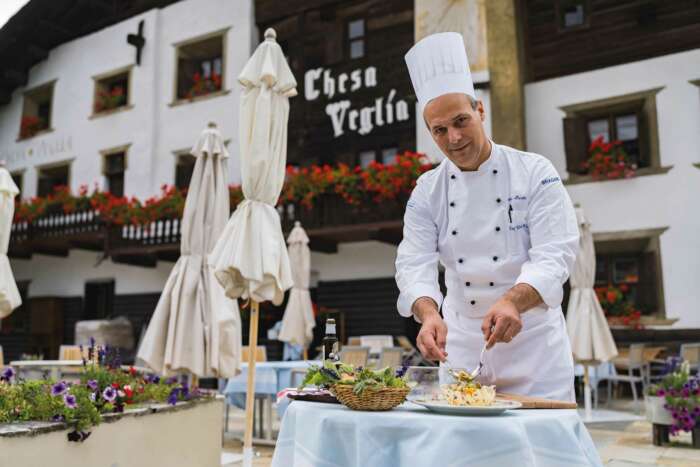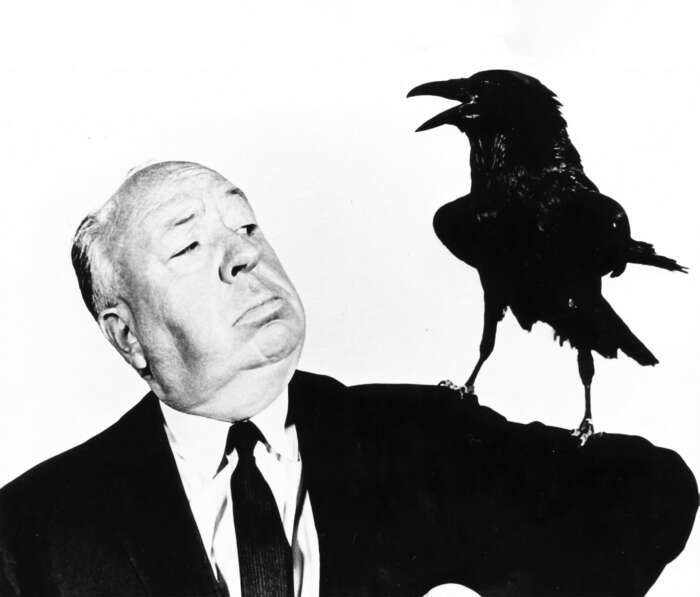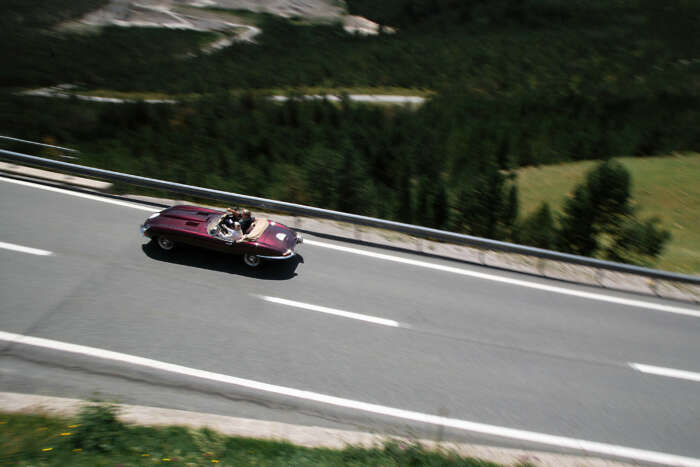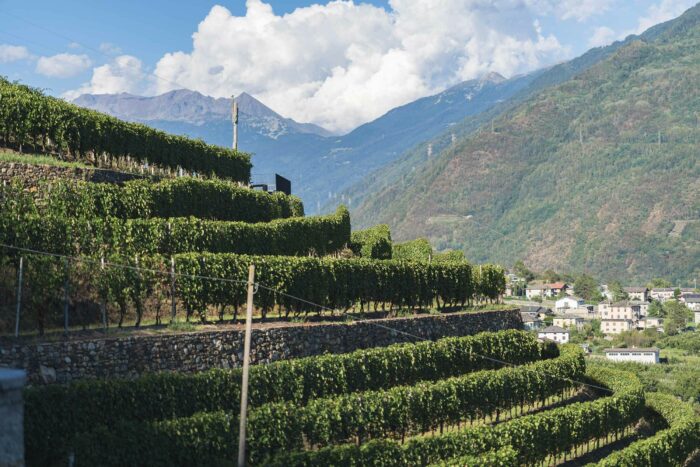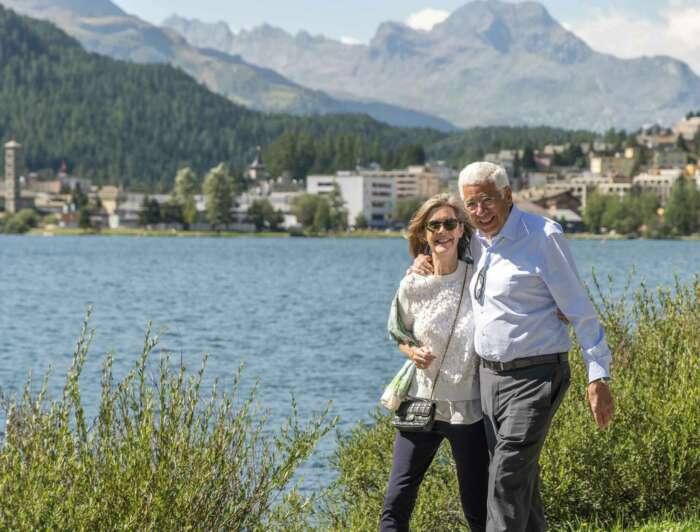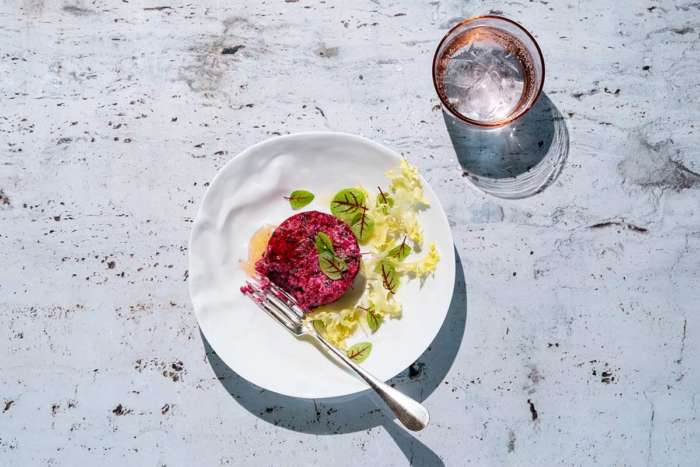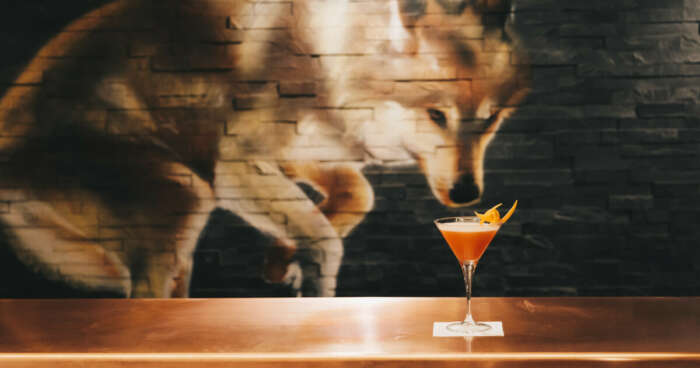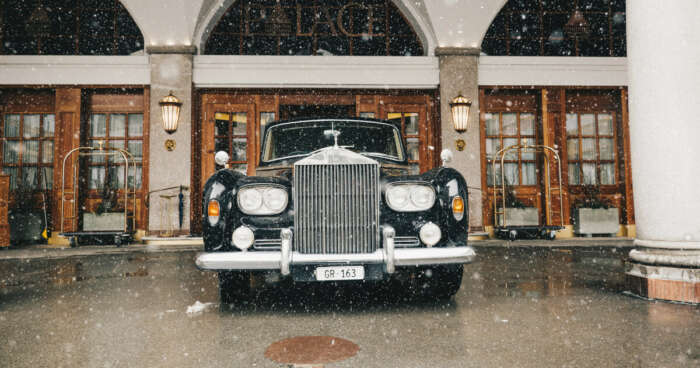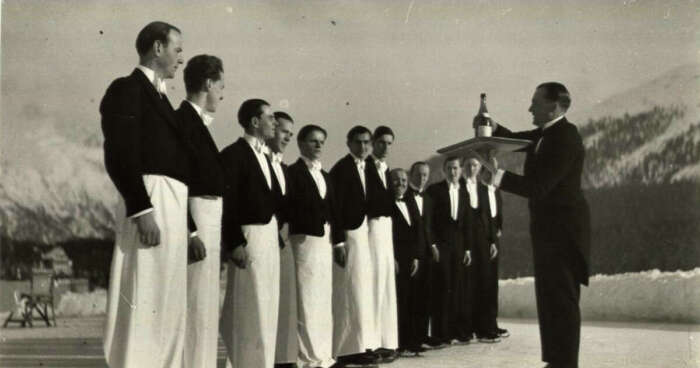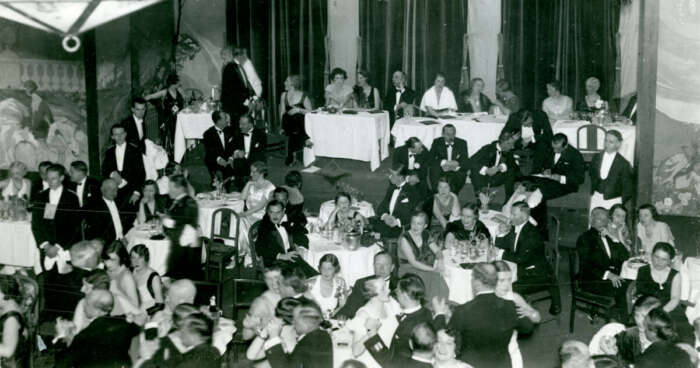When it comes to outstanding service, Badrutt’s Palace Hotel has long led the way. The St. Moritz establishment has always been proud of the training and exemplary professionalism of its staff, who tirelessly ensure its guests are not only happy and comfortable, but also tended to in every way possible.
A fine example of the great esteem in which the Palace’s employees have been held took place 50 years ago, when part of the hotel team was summoned from St. Moritz to the ancient capital Persepolis in Iran. Here they joined staff from fashionable Parisian restaurant Maxim’s and the Hôtel de Paris in Monte-Carlo to cater for the five-day lavish festivities organised by the Shah of Iran to mark the 2,500 years of the Persian Empire.
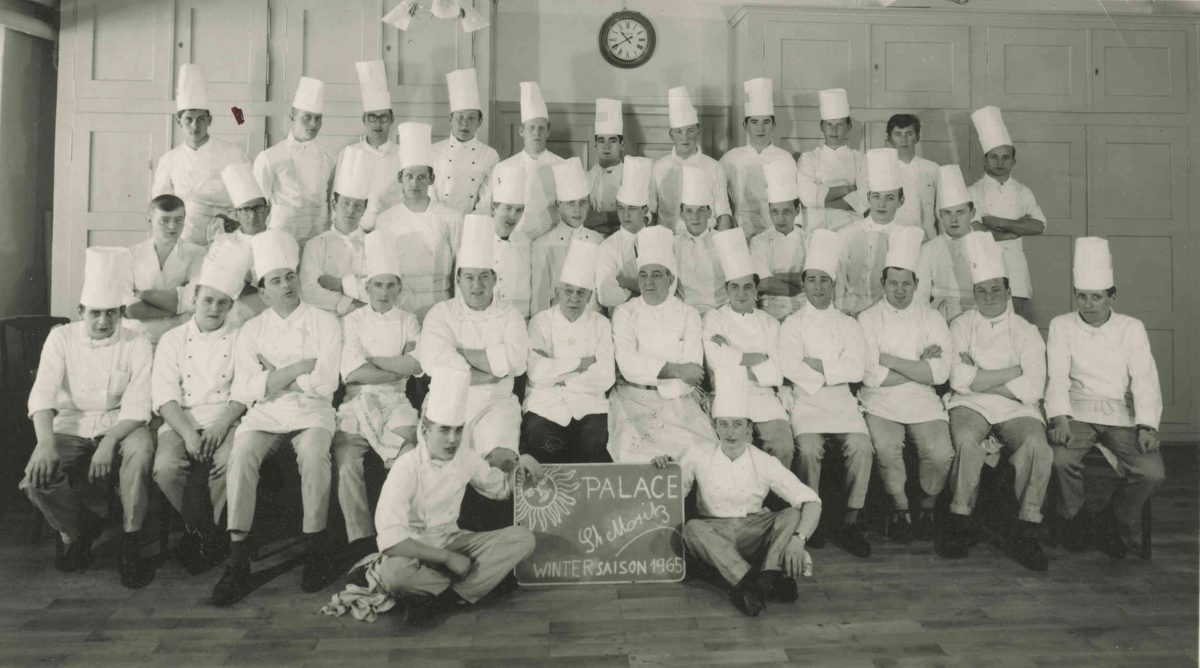
Referred to at the time as ‘the biggest party on Earth’, the event in October 1971 was attended by emperors, kings, queens, sheikhs and presidents from around the world. With no expense spared, architects and interior designers created 50 opulently furnished tent-like suites for the VIP guests arranged in the shape of a star as well as a large tented banqueting hall. Six-hundred guests attended the five-course grand banquet. Other activities included a son et lumière show and a choreographed parade by Iranian soldiers dressed in period costumes.
Far from the historical reflections of the celebrations and its repercussions, it is the fabulous gastronomic adventure experienced by some of the Palace’s managers and chefs that is still remembered today.

Articles published at the time in Swiss magazines have proud Engadiners recalling the heat of the gas fires in the colossal ‘canteen’ kitchen as well as the Iranian desert. There were also behind-the-scenes stories revealing the rivalry between the two chefs at the helm of the imposing service – the executive chef at Maxim’s and the head of the Swiss team.
A report from UPI correspondent Aline Moby on 12 October 1971, the day the festivities in Persepolis started, read: ‘Chef Humbert [the first chef or chef saucier of the Parisian restaurant Maxim’s] will be arriving with 150 selected waiters and 30 chefs from the Hotel-Paris in Monte-Carlo and the Palace Hotel in St. Moritz. Cooking, roasting and grilling is done on gas and electric stoves, which were ordered in Paris.’

Gerhard Müller, former chef at the Badrutt’s Palace, recalls the following in his memoirs: ‘Rudolf Pazeller’s father held the position of concierge at the Palace since 1946 and remained in this role 36 years, totalling 72 seasons. Andrea Badrutt proposed that he travel to Persepolis to welcome the kings and queens of the world in the name of the Palace. He politely declined. Andrea Badrutt reverted to him 10 days later, asking whether he knew of any younger members of the team, preferably cooks, that could go in his place. Pazeller suggested his son – Rudolph Pazeller Jr was pleased to accept on condition that Gerhard Müller would join him on this mission. Two other cooks would accompany them; one was from St. Gallen, the other from Basel. It was the biggest honour they could have imagined, to be a part of this 1,001 nights celebration, therefore they did not consider asking for remuneration.
‘Commencing their day at 6am in the kitchen tent, they had strict orders from Mr Menant [executive chef at Maxim’s] not to ask him what needed to be done. Rather, they were told to follow the instructions mounted on the walls. This presented itself to be their greatest task. Gerhard Müller, who was chosen as team leader as he was the oldest [32-years-old at the time], stepped up to the challenge, taking the initiative to instruct the brigade to focus on preparing what they knew how to best deliver.’

The two other Swiss chefs, Giovanni and Marino Gaffuri, spoke in a later interview about the hygiene measures that were enforced. The remains of each dish were immediately discarded under the surveillance of armed soldiers. Unfortunately, there was no supervisor assigned to ensure that hundreds of plates and silverware were not also discarded in the process; including the gold forks, knives and spoons from the head table. Consequently, there was not enough tableware for the second evening of festivities.
Today, the archives of Gerhard Müller are kept in the Badrutt’s Palace Hotel Archives as a tribute to the history of the St. Moritz establishment.
The research for the article was carried out by Evelyne Lüthi-Graf and Rebecca Wiedemann, with contributions from the Gerhard Müller family of St. Moritz.
